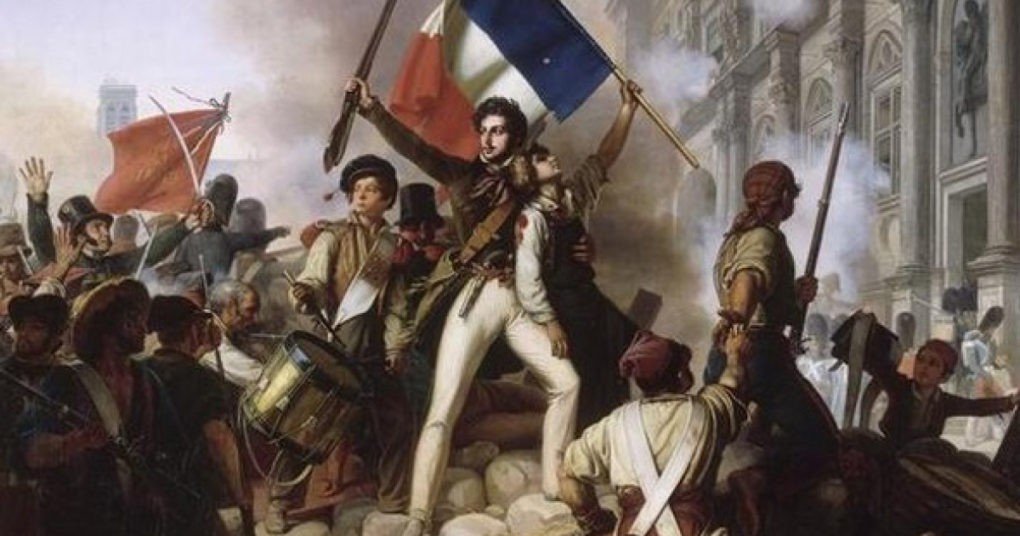The coronavirus pandemic, with its various restrictions, has had some positive results, like the visible growth in family groups sharing together in little walks or cycles. In my own case, it prompted some reading that I might not otherwise have undertaken. Perhaps it was a sense of being in uncharted waters that directed me towards the history of the Church.
A Popular History of the Catholic Church, by Msgr. Philip Hughes (Universe Books, 1958) was a well-known publication several decades ago but had slumbered peacefully on my bookshelf for many a year until it was suddenly called into action during the lockdown!
Much more recent histories have been mentioned in these pages, including the publications of Diane Moczar, but the Hughes book was my port in a storm.
I must acknowledge that I am by no means an expert on Church history and that my working assumption, before reading the book, was that there had been various Golden Ages in Church history, interspersed with moments of great crisis.
A somewhat surprising lesson I drew from this book, however, is that the barque of Peter seems almost always to have been in rocky waters over these last two millenia. The Church has faced an apparently never-ending series of crises, from the heresies of the early centuries, like the hugely influential Arian movement, to the divisions between Latins and Byzantines, to the Reformation, to the arrogance of absolutist kings, to the deep traumas following on the Enlightenment and the French Revolution, and to contemporary challenges associated with Nazism, Communism and secularism.
Of course there have also been many periods of great construction and development like the modern missionary movement or the building of the wonderful medieval Cathedrals. Msgr Hughes devotes a chapter to “Christendom Triumphant in the West” (from 1123 to 1270). This was a period, he writes, of a renewed reverence for marriage, its indissolubility and its sanctity – a reverence which had grown in response to huge challenges for marriage in the previous era.
This period also saw a multiplication of new parishes, abbeys and cathedrals such as Notre Dame, the work of the Cistercians, and of the Norbertine Friars, the development of hospitals, orphanages and leper-houses and the emergence of the Dominicans and Franciscans. The author devotes some attention here to the work of St Thomas Aquinas and to his integration of the writings of Aristotle into Catholic thinking. But even in this chapter, one also encounters great crises, such as the conflict between the Pope and the Emperor Frederick Barbarossa, the Cathar movement in France and the “fiasco of the Second Crusade” in the twelfth century.
The author also shows how God can bring good out of evil. Although the French Revolution after 1789 was in many ways a disaster for the Church and produced many martyrs, one of its effects was “to destroy forever the unquestioned reign of absolutism” (p. 202). In the period before the Revolution, the absolutist kings had been greatly limiting the freedom of the Church and had moved, example, to suppress the Jesuits in various countries.
As the US philosopher Russell Hittinger has noted, the French Revolution’s radically new claims for the State also obliged the Church to develop its thinking on what came to be called the principle of subsidiarity, which highlighted the claims of non-State bodies, including Church organizations, in opposition to the excessive claims of the State.
Msgr. Hughes’s book also highlights the importance of the Pope across the ages – or certainly of the many good Popes – as a centre of unity and an instigator of reform. He highlights, for example, the substantial contribution of Leo XIII, whose encyclical Rerum Novarum, on the situation of the working-classes, “is the foundation of all that Catholic action in social matters which had been increasingly, since 1891, the characteristic of twentieth century Catholicism” (p. 237).
This encyclical represented a decisive break with any nostalgic looking back to pre-Revolutionary regimes. The French Jesuit, Joseph Joblin, has suggested, for example, that Rerum Novarum had a liberating role in France and elsewhere because it detached social Catholicism from the memory of past political models and allowed it to put down roots in the democratic system.
When Leo became Pope in 1878, the Papal States in central Italy had already disappeared and the Papacy seemed to be in terminal decline but, in losing temporal power and influence, the Church and the Pope paradoxically acquired a new freedom to speak beyond governments and monarchies to the mass of the people.
Clearly, the Church faces enormous challenges in our own era, including the recent huge decline in religious practice across Western Europe. No one should underestimate these challenges or adopt a passive attitude towards them. Reading Church history nevertheless increases one’s awareness that the Church has always been facing waves of great change, such as those that will certainly be faced in the post-Covid world, and this nourishes a certain sense of serenity. It strengthens one’s faith, in other words, in the promise of Jesus: “I am with you always, yes, to the end of time” (Mt. 28:20).
About the Author: Tim O’Sullivan
Tim O’Sullivan has degrees in history and social policy and completed a PhD on the principle of subsidiarity. He is a regular contributor to Position Papers.

